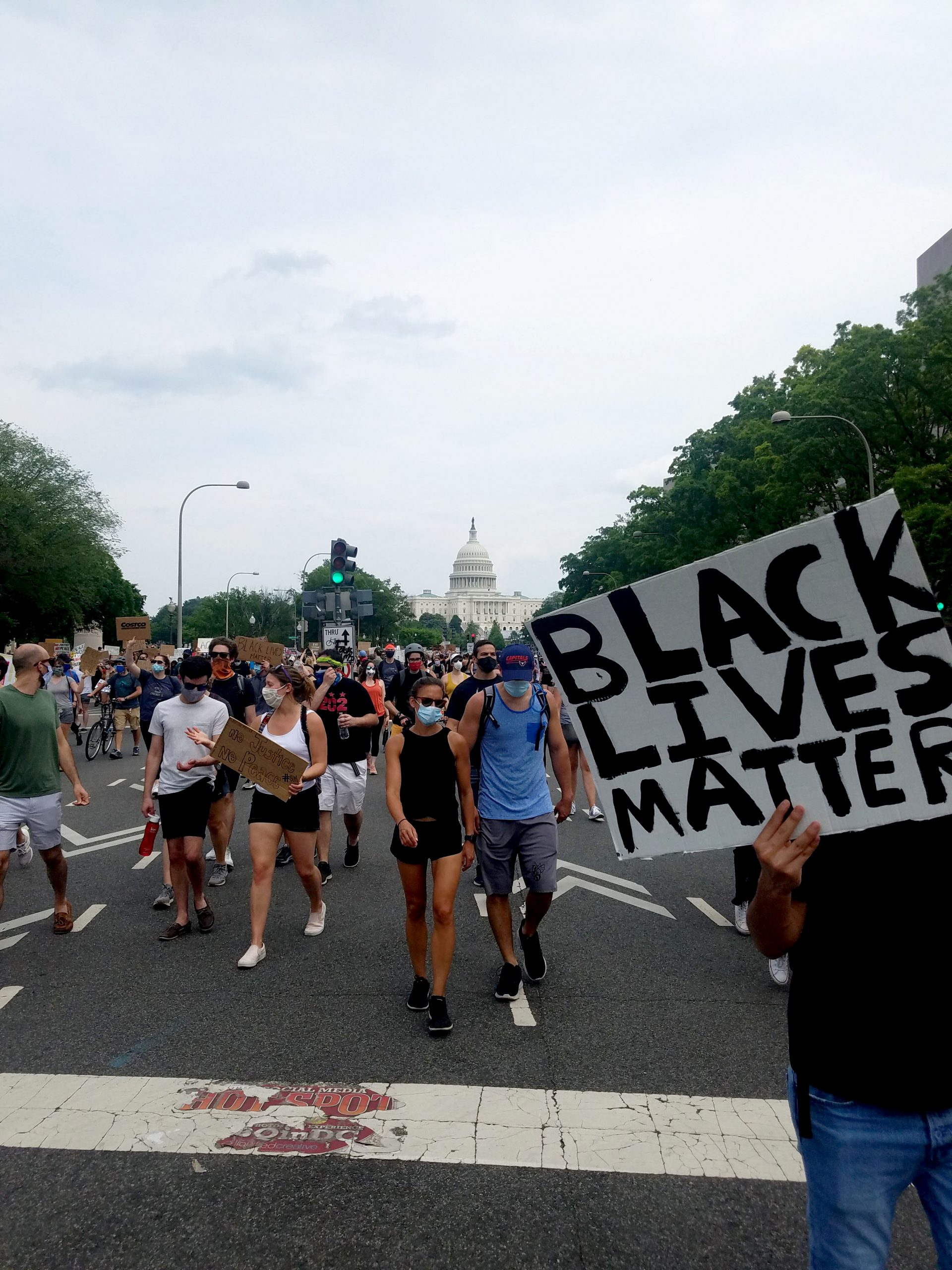There’s an irony in writing a true account about the living history museum at Colonial Williamsburg. Its eponymous foundation and its curators have grappled with the same two questions for generations: Whose histories do we tell and how shall we recreate them? Today, Williamsburg faces a new set of questions beyond the facts recorded in the governours’ ledgers: Whose truths do we tell and how shall we present them in concert together, especially in light of the 1619 Project, the Black Lives Matter movement, and Critical Race Theory, whose progenitors demand more than new lines of inquiry. They demanded action. Williamsburg has made clear efforts to juggle archaeology with interpretation, and it has also attempted to address the indictment of sophistry among its critics, which are legion. But, can the sites of Williamsburg’s 301 acres respond to our moment now?
In our post-vaccination world, Colonial Williamsburg is worth revisiting this summer, as I did in June—not for what its evidence reveals about Colonial America, but for our opportunity to change the course of what I’ll call the Williamsburg Experiment, ongoing for more than 380 years.
More »




